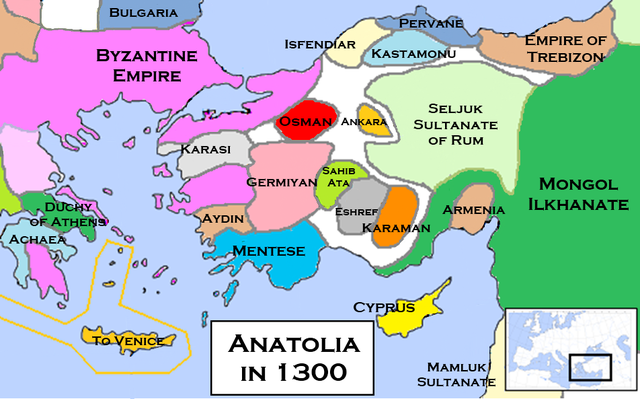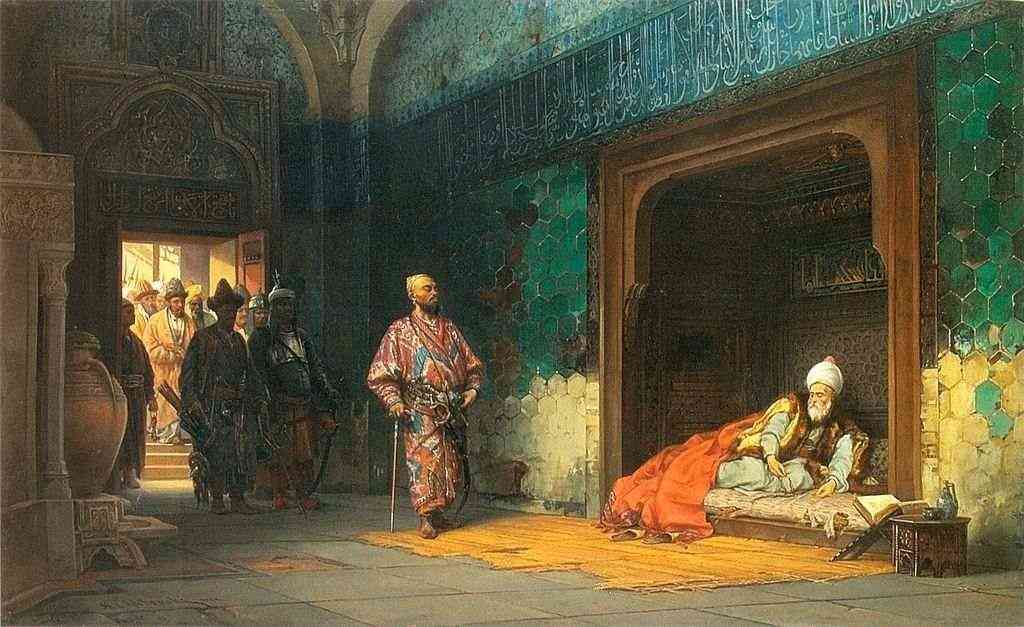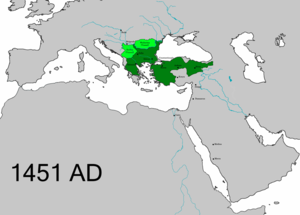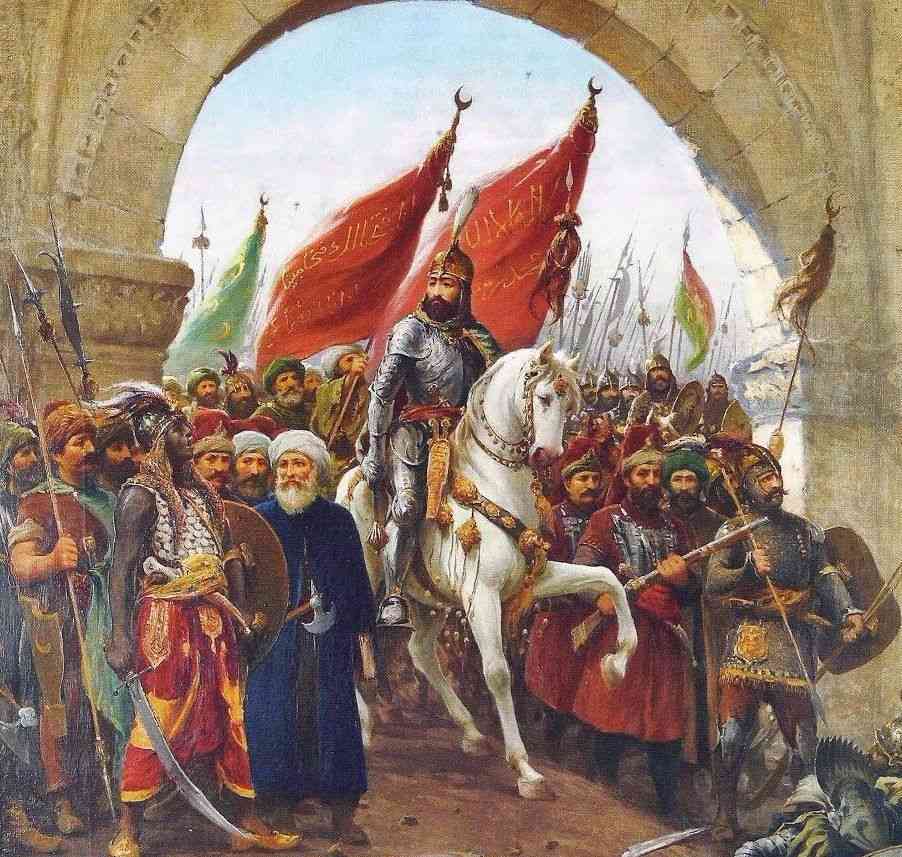One of the greatest Islamic empires ruled over 3 continents, established and enhanced the culture that is renowned today in Islamic countries. The Ottoman Empire founded in 1299 by Osman Gazi, who known as the ancestor of the Ottoman Dynasty. In the year of 1299, Anatolian Seljuk Sultanate was on the verge of collapsing, and this led Anatolia to be divided into Anatolian Beyliks. Ottoman was one of those Anatolian Beyliks.

Osman Gazi conquered the İnegol region and declared independence. Of course, it was not enough for Osman Gazi, he continued to extend the control area of his regime. This expansion became a threat to the already weakened Byzantine Empire. Byzantine army marched towards Osman Gazi to stop him in 1302, which resulted in the victory of Osman Gazi, and of course, this Byzantine defeat helped Ottoman’s expansion. During Osman Gazi’s ruling period, Ottoman was still a beylik. In 1326 Orhan Gazi took Bursa and made it the new capital of Ottoman. Historians claim that Ottoman gained the status of a state in this period. Osman Gazi was a brilliant ruler and soldier. He expanded Ottoman’s ruling area from 16.000 square kilometers to 95.000 square kilometers.
Turks expanded into Balkans, which made the conquest of Constantinople a crucial duty. But the last stronghold of the Byzantine Empire was not that easy to conquer. 3 Sultans tried to conquest Constantinople, but they were not successful. Constantinople was not conquered till 1453. Though this didn’t stop the expansion of Turks. Ottoman emirate was expanding through Balkans and into fertile plains of Anatolia. Ottoman’s strategy of taking cities did not always include battling. In the rising period of the Ottoman, sometimes rulers bargained for the cities and received them in exchange for money.
One of the most crucial points in the Ottoman Empire’s expansion was fighting against other Anatolian Beyliks over the control of the Anatolia region. Some of the beyliks gave the control of their areas without fighting, but in exchange for money, as was mentioned earlier but some of them fought to death like Karamanoğulları Beyliği. Also, the most worth-to-mention event that happened in the rising period of the Ottoman Empire is the Battle of Ankara, which occurred in 1402. Turco-Mongol leader Timur, who was the founder of the Timurid Empire, invaded Anatolia from the east.
In the Battle of Ankara, the Timurid army defeated the Ottoman army, and Timur took the Sultan Bayezid the first as a prisoner, throwing the empire into disorder. The captivation of the Sultan left the Ottoman Empire with no ruler for 11 years. This anarchy period is known as the Fetret Devr. Empire lost most of its territories in these years. Then this lost recovered by the upcoming ruler Murad the second. Murad II continued to expand the ruling area of the Ottoman Empire.

Ottoman Empire’s expansion was so threatening that European countries came together and declared a Crusade against the Ottoman Empire. In 1444 Crusade of Varna repelled by Sultan Murad II.

From 1299 to 1453 was known as the rising period. Ottoman’s main aim in this period was expanding trough the rich territories of Europe and annexing other Anatolian Beyliks. In 1453 The son of Murad II, Mehmet the Conqueror(Fatih Sultan Mehmet), conquered Constantinople at the age of 21, which known as the end of the rising and founding period and the beginning of the expansion and peak period of the Ottoman Empire. Also, most of the historians describe this event as the beginning of a new era.
Subscribe to our newsletter for more great content to be delivered right into your inbox.


